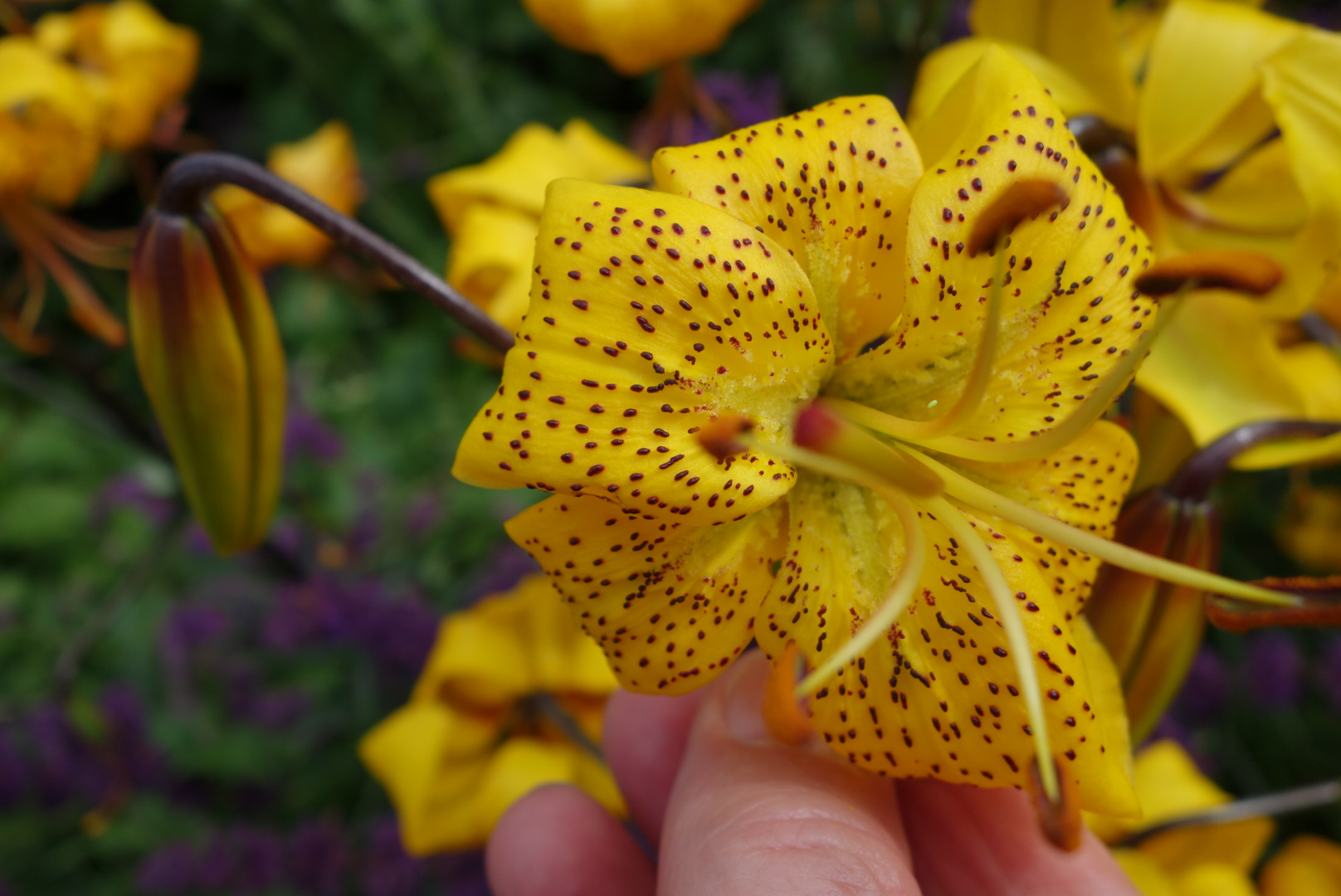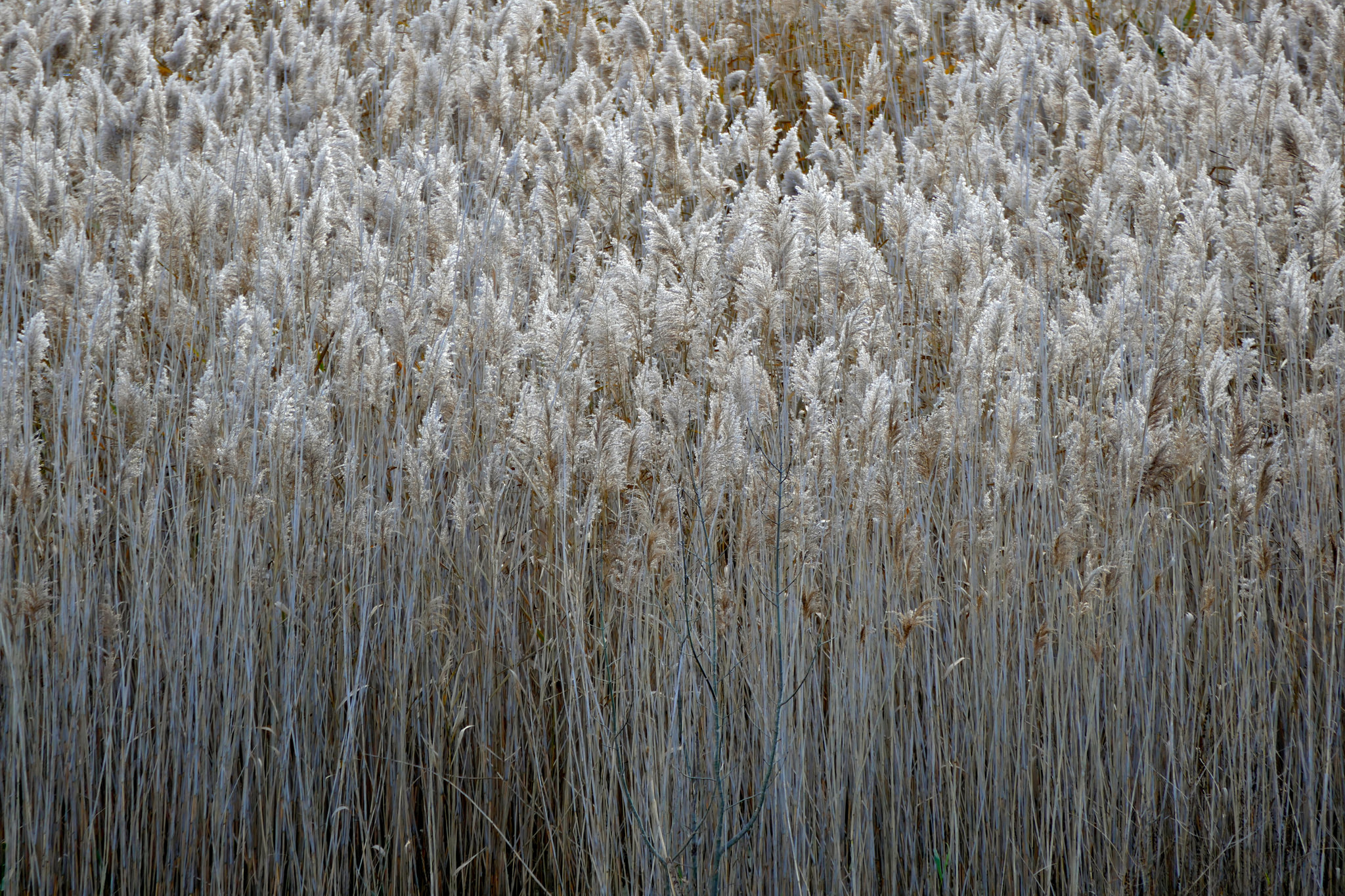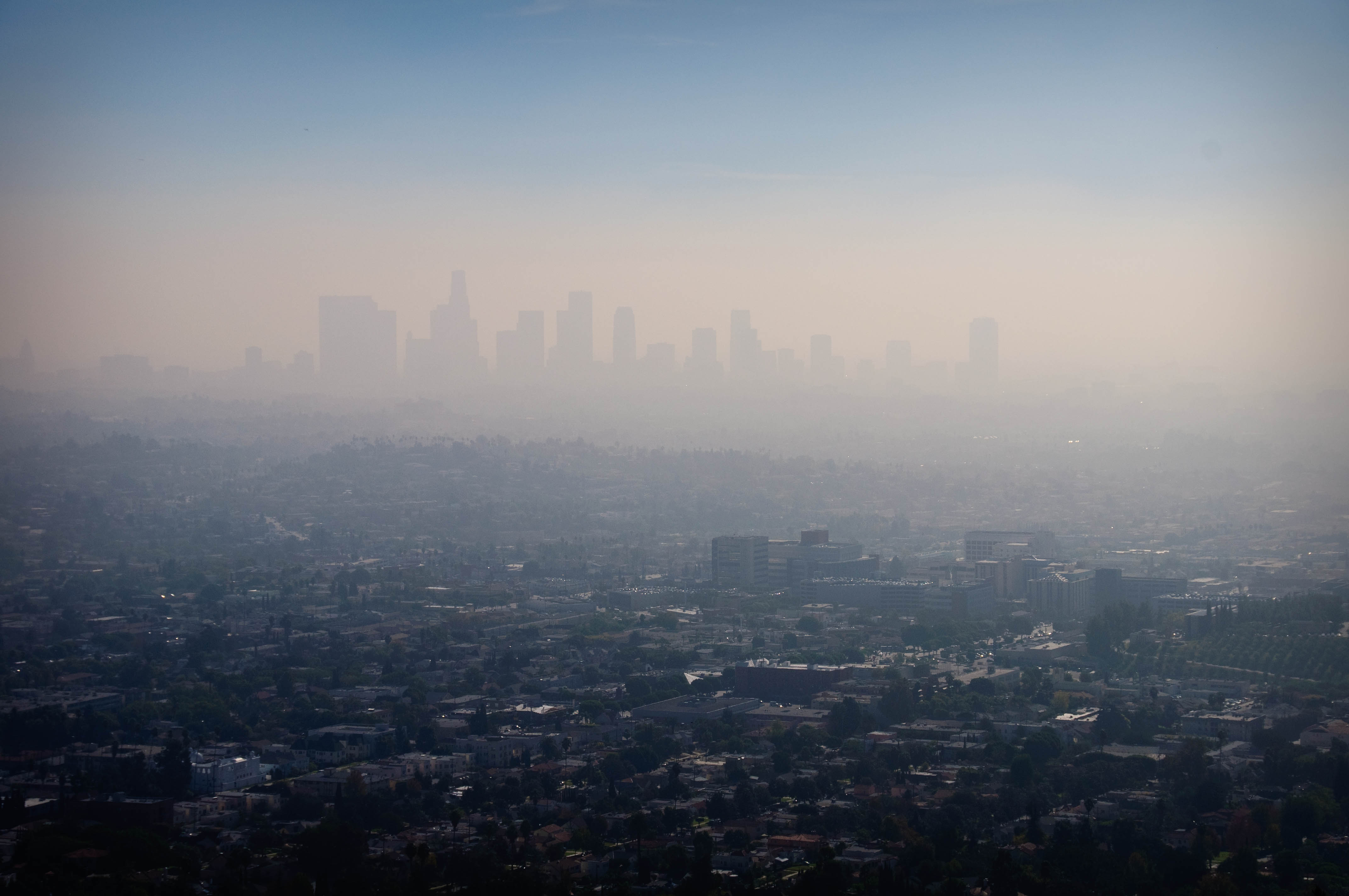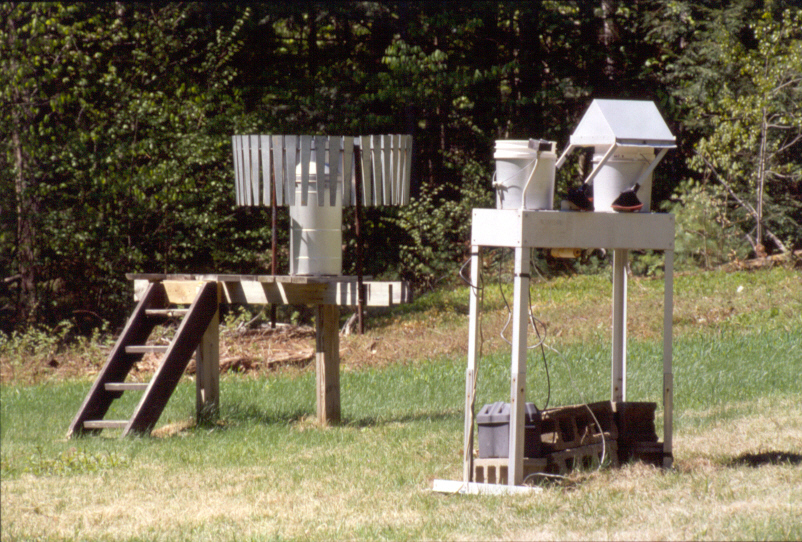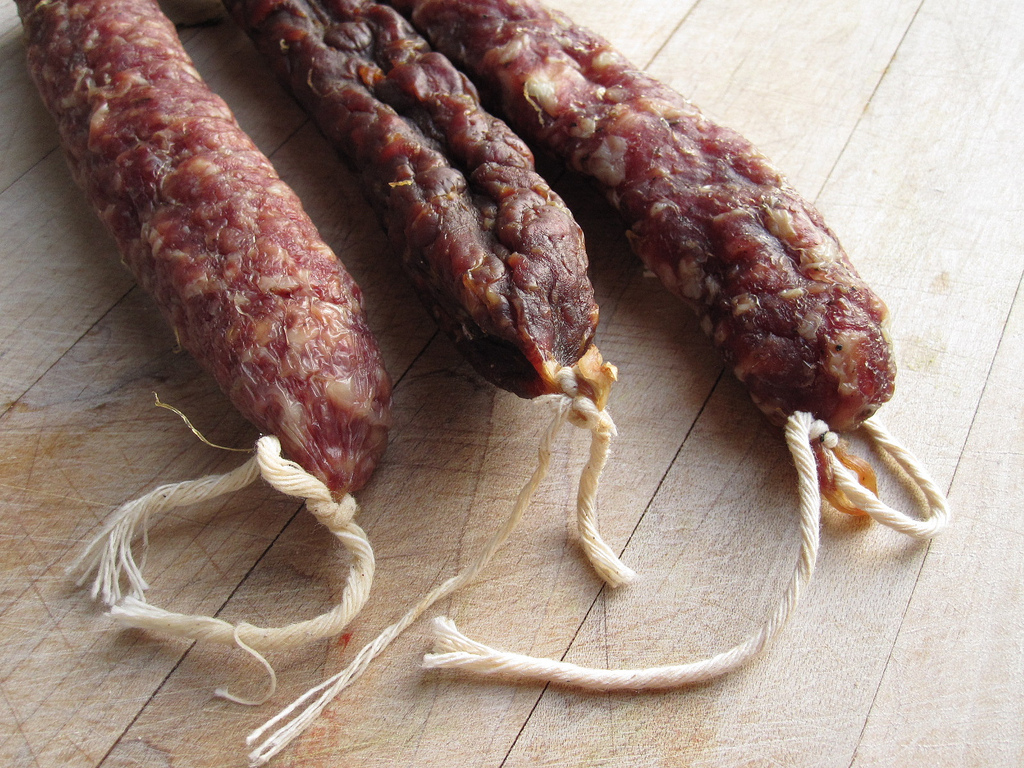Health
California Sea Lions
Sea lions in California are under duress from a rather unassuming source: algae. Driven by higher water temperatures and pollution, toxic algae is leading to fatal brain damage in many California sea lions.
Turning Seawater Into Drinking Water
Graphene is often called the wonder material. First isolated by scientists in 2004, it is a form of carbon that is just one atom thick, extremely light, two hundred times stronger than steel, highly flexible, and an excellent conductor of heat and electricity. Scientists are finding numerous applications for it.
Americans And Beef
There’s ample evidence over the past decade or so that Americans are gradually changing their diets, driven by health concerns among other factors. But there’s one change that really stands out. According to a study by the Natural Resources Defense Council, Americans have sliced their beef consumption by 19% between 2005 and 2014.
Pesticides And Food Insecurity
A newly released report by the United Nations takes a strong stance against the use of industrial agrochemicals, saying that they are not necessary for feeding the world. The continued use of pesticides at the rate the world currently does in fact can have very detrimental consequences.
Fast Food Packaging
Much has been made of the dangers of eating fast food. Certainly, its high fat, sodium, and calorie content calls for moderating its role in our diets. But a recent study has found that even the packaging that the food comes in might present health hazards.
A Helpful Invader
Invasive species are a great concern for the health and stability of ecosystems. They are defined as plants, animals or pathogens that are non-native to the ecosystem under consideration and whose introduction causes or is likely to cause harm. It is that latter consideration that isn’t always obvious.
Coal And Chinese Air
China has worked to reduce its coal consumption in recent years but the air quality in cities like Beijing is still notoriously poor and a major health hazard.
A Soy-Based Air Filter
Particulate matter and toxic chemical pollutants are a pervasive problem in the air people breathe in many places. Poor air quality causes health problems worldwide and is a factor in diseases such as asthma, heart disease and lung disease.
China As Climate Leader
China and the United States today produce nearly half of the world’s carbon emissions, so the fight against global climate change depends greatly upon what actions the two countries take. China has undergone a dramatic transformation over the past twenty years from a largely rural society to one that is far more urbanized and far more energy intensive. In 1997, when the Kyoto Protocol on climate was negotiated, China was only responsible for 14% of global CO2 emissions. It then surpassed the US on that front in less than 10 years and now accounts for nearly 30% of the world’s emissions.
Use-By Labels And Food Waste
By some estimates, Americans waste as much as 40% of food that is produced. None of the reasons are anything to be proud of, but one of the most frustrating is the confusing array of food date labels that are supposed to tell us whether the food we purchased should be eaten.
Help Save The Bees
Globally, 40% of invertebrate pollinator species, such as bees and butterflies, are facing extinction. And since approximately three-quarters of the world’s food crops depend on pollination, the decline of these pollinators could pose a threat to food security around the globe.
Houseplants And Clean Air
Many of us like to have houseplants. They add a bit of nature to our homes and they look nice. It turns out that they have health advantages as well.
Our Air Is Killing Us
Poor air quality is a serious problem. Exposure to air pollution is linked to the premature deaths of an estimated 6.5 million people every year. This makes air pollution the fourth largest threat to human health. Only high blood pressure, dietary risks, and smoking are a bigger danger.
Lessons From The Forest
For more than half a century, scientists have converged on Hubbard Brook Experimental Forest in New Hampshire’s White Mountains to explore how forest ecosystems work. The site was established by the U.S. Forest Service to study the relationship between forests and New England’s water supply. In the 1960s, inquiry was expanded to include ecology, biogeochemistry, and studies of birds and other animals.
Big Data + Technology = Improved Global Health
Scientists are calling for the creation of a global early warning system for infectious diseases. Such a system would use computer models to tap into environmental, epidemiological, and molecular data – gathering the intelligence needed to forecast where disease risk is high and what actions could prevent outbreaks or contain epidemics.
[Read more…] about Big Data + Technology = Improved Global Health
Mobile Apps Empower Citizen Science
Citizen scientists play a vital role in raising awareness about the health of our nation’s freshwater resources. Their efforts can help document water clarity and track harmful algal blooms and other indicators of poor water quality instrumental to sound management.
The State Of The Air
For the past 17 years, the American Lung Association has analyzed data from official air quality monitors to compile the State of the Air report. The State of the Air 2016, which was released late last month, revealed some troubling statistics about the health of the air here in the United States.
Keeping A Pulse On Our Planet
The discovery of acid rain in North America was made possible by environmental data collected at a biological field station nestled in the White Mountains of New Hampshire. Hubbard Brook Experimental Forest is just one of the many biological field stations located around the globe that are keeping a pulse on the health of our planet.
